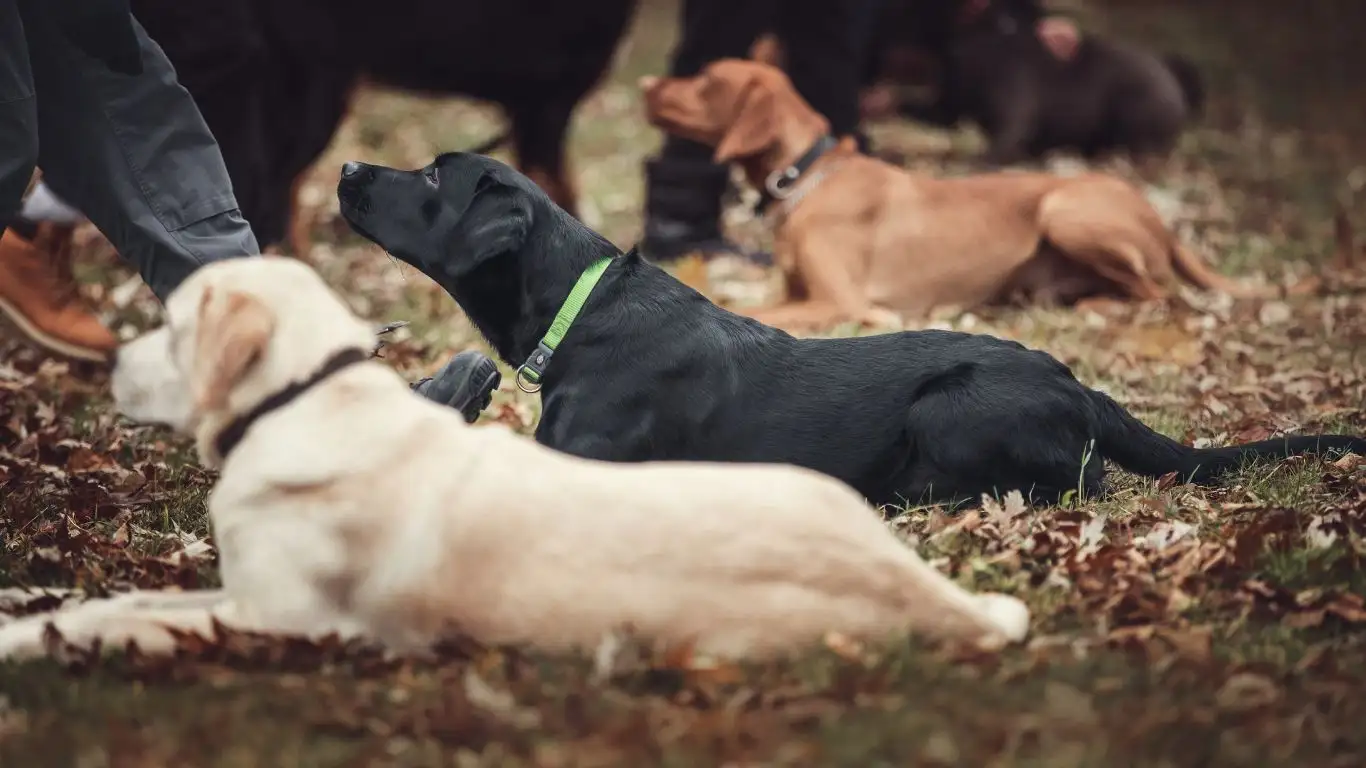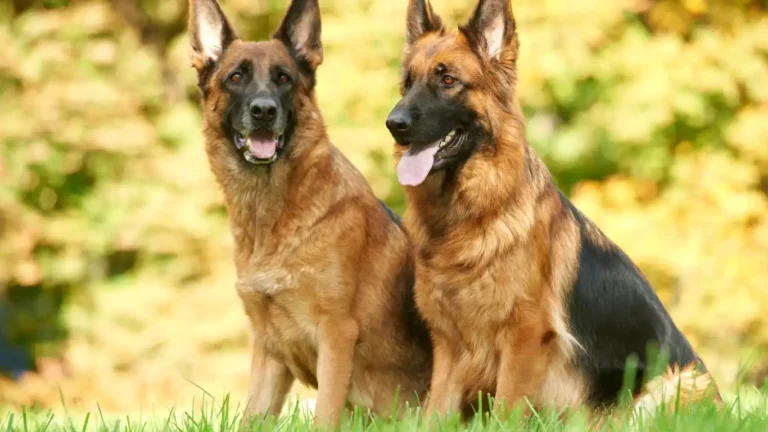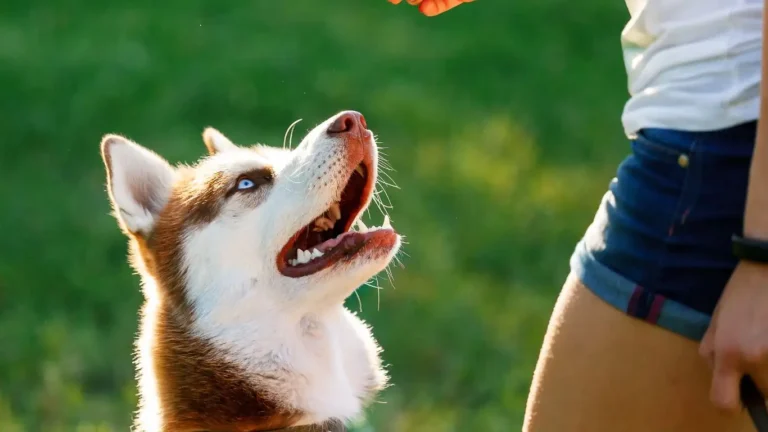Proven Tips to Train Your Dog to Ignore Guests Eating Food Easily
Let’s face it—dogs are curious, especially when there’s food involved. One of the most common questions I get as a Canine-Assisted Therapy Trainer is how to train a dog to ignore guests eating food. And honestly, I totally get it. There’s nothing more awkward than having your pup hovering at your guests’ feet, drooling over every bite, or worse—attempting a ninja-level food snatch from their plate. If you’ve been there (and I have too, trust me), you’re in the right place. The good news? With a little patience, consistency, and a few trainer-tested techniques, you can absolutely teach your dog some mealtime manners. Let me show you how I’ve done it with therapy dogs who work in real homes and hospitals—where restraint is key.
Why Dogs Beg: Understanding the Behavior
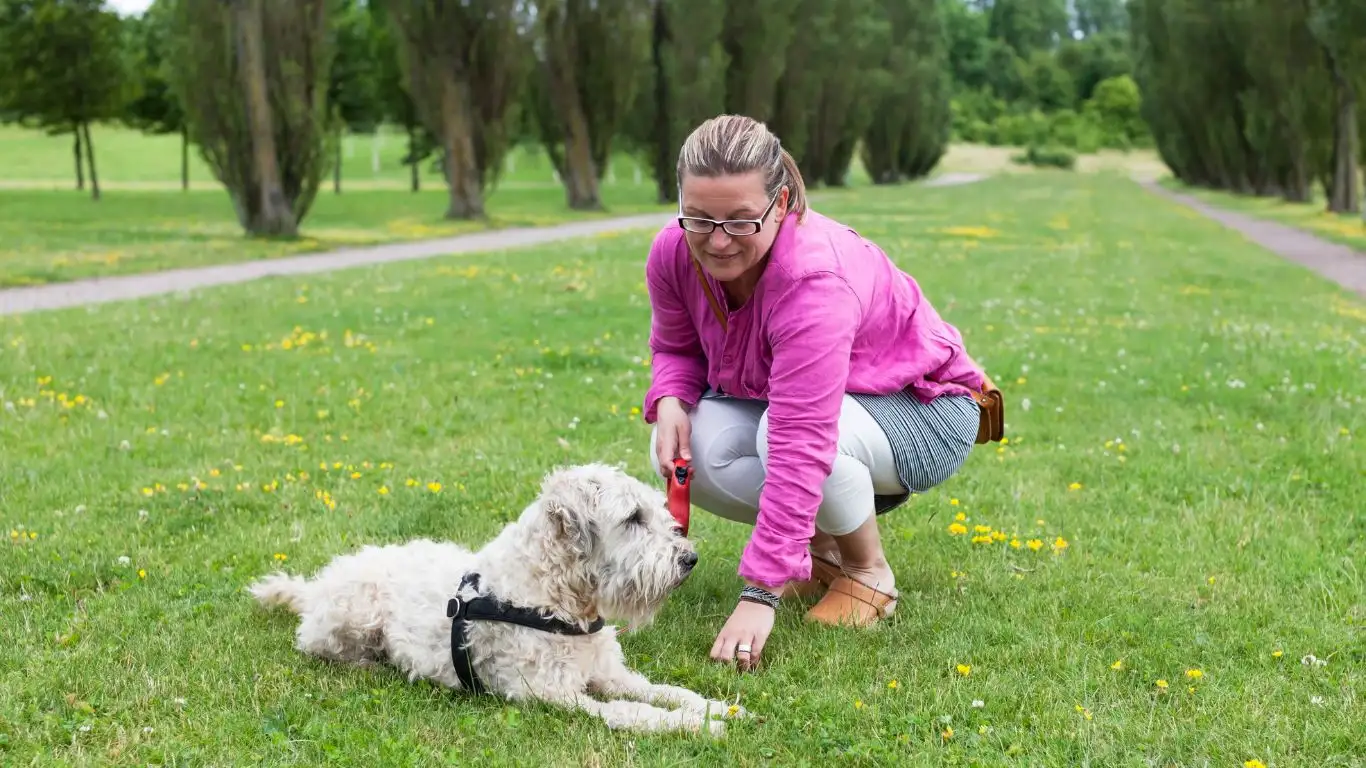
Before we get into the “how,” let’s talk about the “why.” Dogs beg because it works. At some point, someone—maybe a guest, maybe a well-meaning kid—slipped your pup a tasty bite under the table. That one little reward turned into a habit. In dog terms, that’s a powerful reinforcer. Food equals love in a dog’s world, and when they get food from someone who’s eating, they assume that’s part of the routine now.
From my experience, especially when training therapy dogs, the key is setting consistent boundaries from the start. These dogs are in environments where snacks are everywhere—waiting rooms, break rooms, and therapy sessions with children—and they need to understand that food isn’t theirs unless given with permission.
Setting the Stage for Success
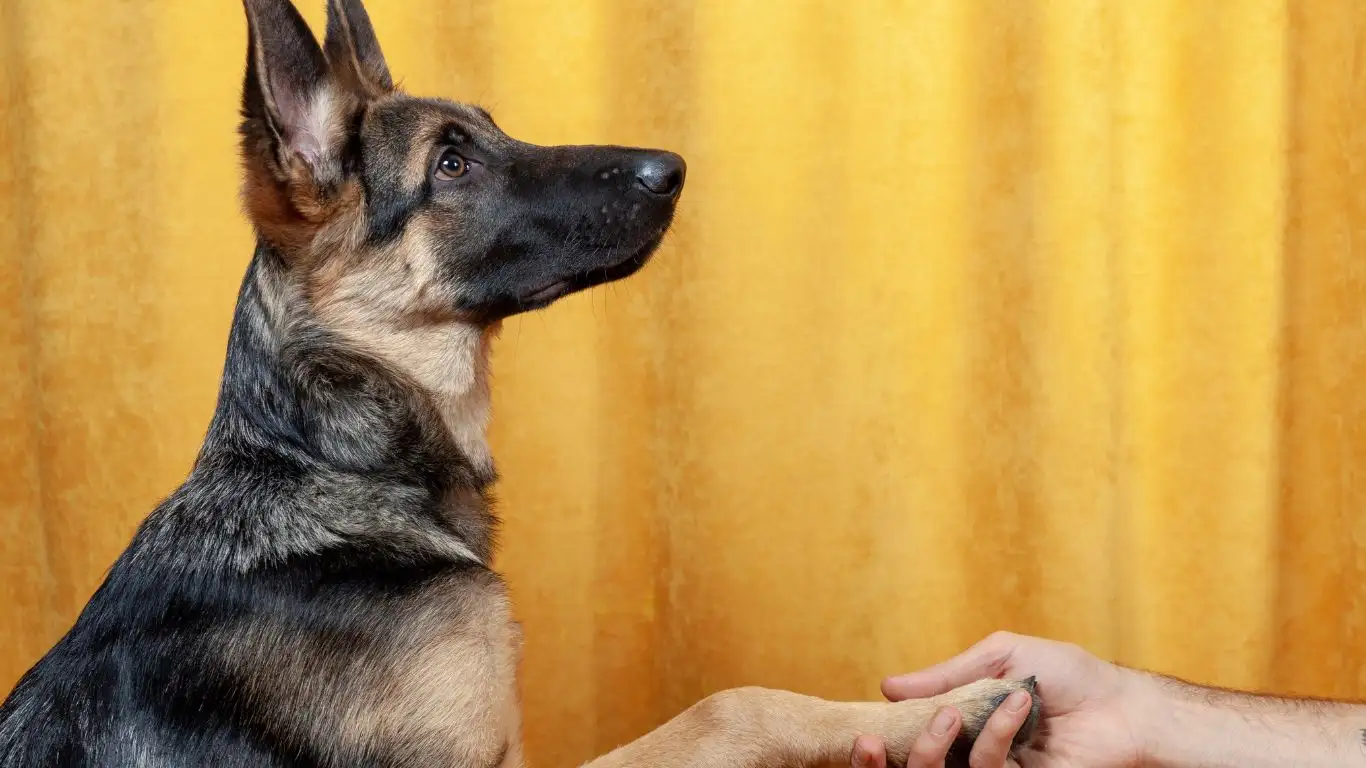
Start with Basic Obedience
You can’t expect a dog to ignore roast chicken on a guest’s plate if they haven’t mastered basic commands like sit, stay, and leave it. Start there. And I mean really work it—daily short sessions that build your dog’s impulse control. I once worked with a high-energy lab mix who could barely hold a sit for two seconds. Within two weeks of consistent, calm practice, she could sit through an entire family dinner without budging. That’s the power of repetition and clear expectations.
Designate a Place for Your Dog
One trick I’ve used over and over—especially in homes where dogs like to “shadow” every human step—is creating a “place” command. This is basically a designated mat or bed where your dog chills during meals. No begging, no pacing, just relaxing. Start by teaching your dog to go to their place and reward them heavily for staying there. Make it a positive spot, not a punishment zone.
Training Your Dog to Ignore Guests Eating Food
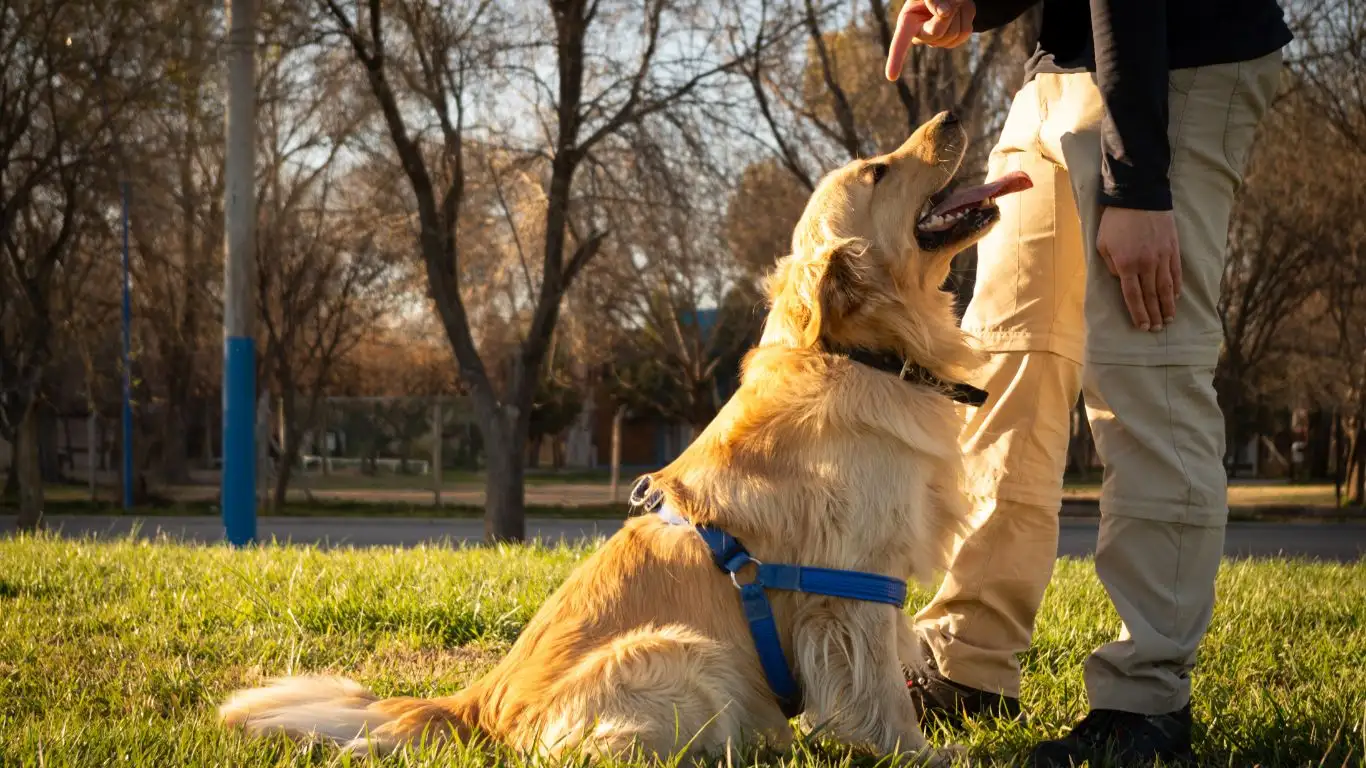
Practice During Mock Dinners
Here’s a little insider trick from my therapy dog training sessions: simulate the situation. Invite a friend over, set the table, and have them eat a snack or meal while you work your dog through commands. Use this controlled environment to train your dog to stay on their mat and ignore the food smells and human excitement. Keep treats handy to reward calm behavior, but don’t give in to begging eyes.
Teach the “Leave It” Command Specifically for Guest Food
The command “leave it” is gold. But you’ve got to generalize it. That means practicing with different types of food, in different hands, on different plates, in different rooms. The more you vary the scenario, the more solid the behavior becomes. I’ve had therapy dogs who could resist snacks even when toddlers dropped crackers right in front of them—because we practiced that exact situation in training.
What to Tell Your Guests
This part’s super important and often overlooked. Tell your guests not to feed your dog. I know it can be uncomfortable, but it’s part of maintaining your training. I usually just say, “She’s in training to work in environments with kids, so we’re practicing no food-sharing.” That explanation usually does the trick—and most people respect the boundary.
Reinforce, Reinforce, Reinforce
The secret sauce to any dog training is consistency. If you let things slide occasionally, your dog gets confused. They need clear, consistent feedback. That’s especially true when you’re teaching how to train a dog to ignore guests eating food. It’s not about being strict—it’s about being fair. And fair training leads to calm, confident dogs who know exactly what’s expected of them.
Handling Real-Life Distractions
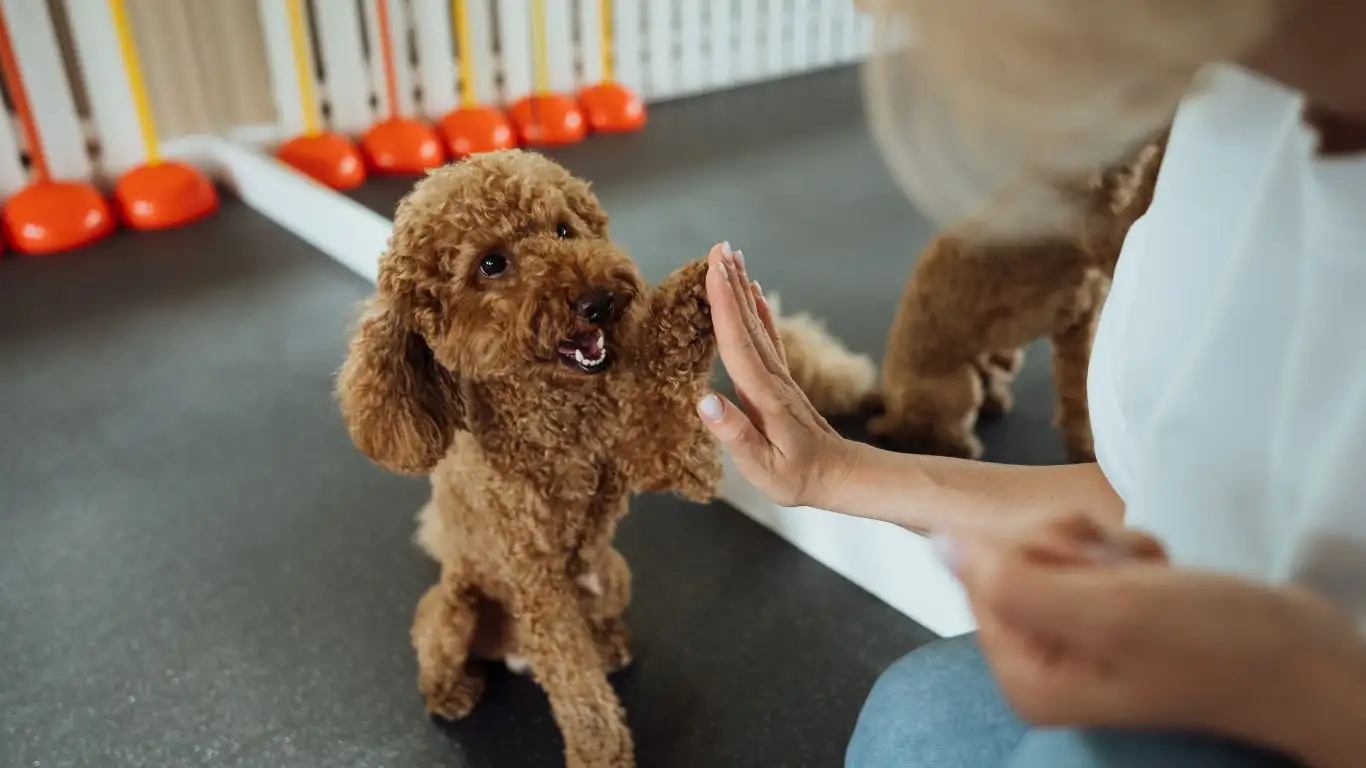
Alright, so you’ve got the basics down. Your dog knows “leave it,” they’ve got a comfy spot to chill, and your guests are (mostly) onboard with the no-food-sharing rule. But let’s talk about the curveballs—because life doesn’t always go according to script.
I remember one session with a therapy dog-in-training named Juno—a sweet, goofy Bernedoodle. We were working in a rehab facility, and just as we were wrapping up a session, someone dropped a sandwich right next to her. She hesitated for half a second, looked at me, then turned her head away. That kind of control only comes from real-world exposure and LOTS of reinforcement. Here’s how to build that kind of reliability in your own pup.
Invite Controlled Chaos
Yeah, I know, that sounds weird. But hear me out. If you only train in quiet, ideal situations, your dog won’t know how to handle a sudden burst of laughter, clinking plates, or a toddler doing laps around the table. Once your dog is solid in the basics, start adding little distractions—drop a napkin, have someone walk around while eating chips, or play background noise of a dinner party.
The goal is to slowly raise the difficulty while keeping your dog successful. Always reward for calm, steady behavior—even a glance away from temptation deserves praise at this stage.
Use High-Value Rewards (But Be Smart)
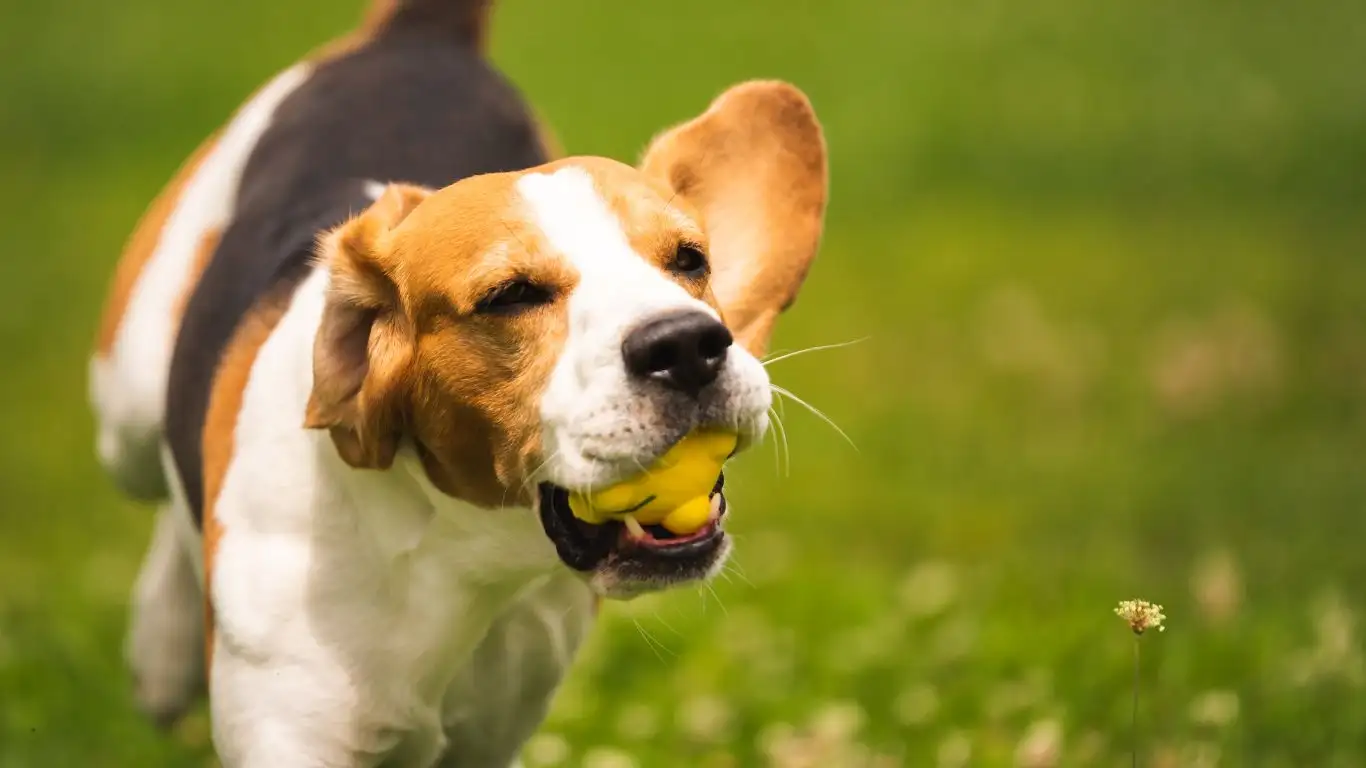
If you want your dog to ignore roast chicken, your kibble just isn’t going to cut it. I keep a stash of high-value treats for these training sessions—think real chicken, tiny bits of hot dog, or a favorite commercial training treat. But here’s the catch: only use those rewards for this specific context. That makes ignoring human food a game worth winning.
That said, avoid rewarding in a way that confuses the dog. Don’t give treats from the dinner table. Always get up, move to them, and reward on their mat or designated spot. That way, they learn that food doesn’t come from where people are eating—it comes from following your cues.
When to Dial Back the Treats
Eventually, you’ll want to fade out the treats, right? Absolutely. But timing is everything. Watch your dog’s behavior. If they’re solid through multiple meals, no begging, no creeping toward guests, then start spacing out rewards. Switch to verbal praise or a calm pet. That transition is key for long-term results.
What If Your Dog Slips Up?
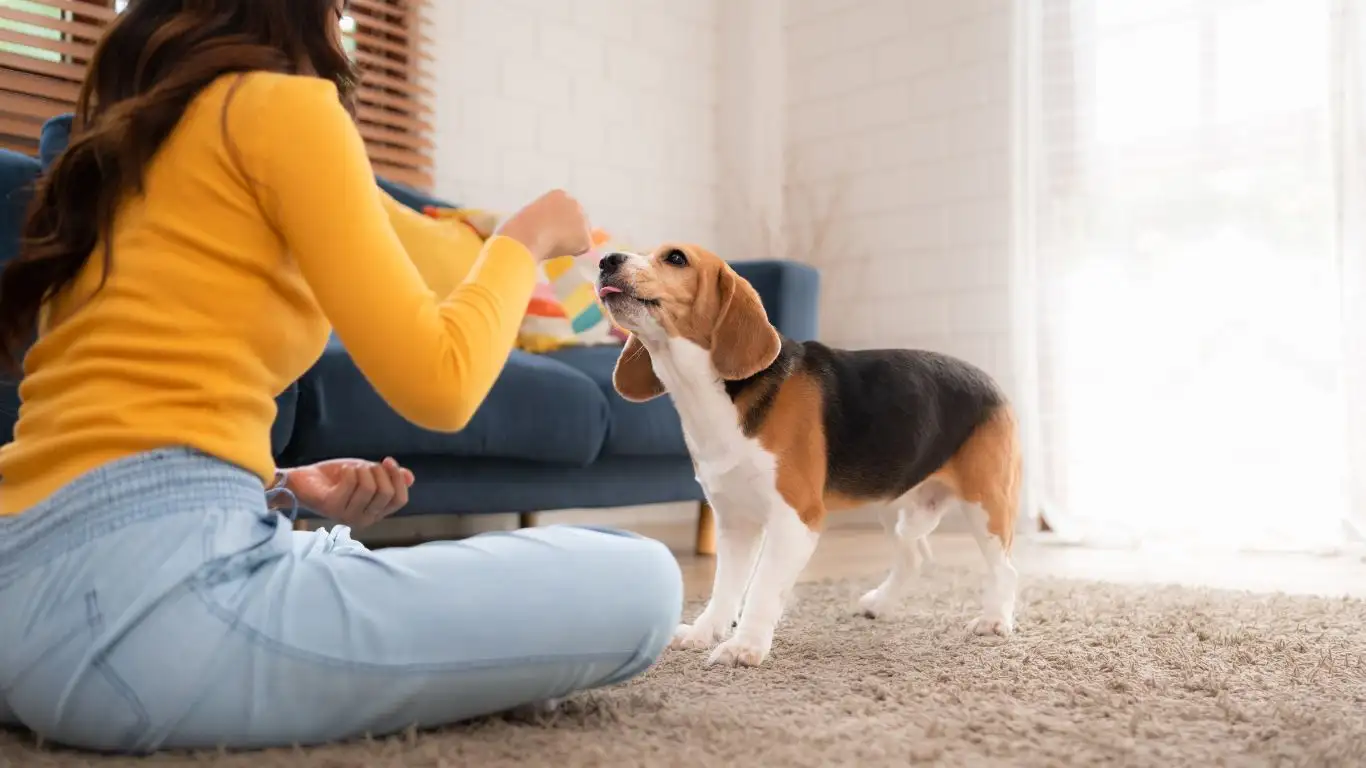
It’s gonna happen. Your dog is not a robot, and even the best-trained dogs have moments of weakness—especially if your cousin drops an entire meatball sub on the floor (yep, that happened). The trick is how you respond.
- Stay calm: Don’t yell. That only adds confusion and stress.
- Redirect immediately: Guide them back to their mat or cue “leave it” if you catch it in time.
- Reinforce the right behavior: Once they settle, reward them for getting back on track.
In my own home, I had to retrain one of my rescue pups after a few guests “accidentally” fed him snacks during movie night. It took a couple weeks of retraining, but with consistency and clear rules, he bounced right back. Don’t stress the setback—just reinforce the behavior you do want.
How to Train a Dog to Ignore Guests Eating Food — Long-Term Strategies
Make Ignoring Food a Lifelong Skill
This isn’t a one-and-done kind of training. Teaching how to train a dog to ignore guests eating food is really about building a long-term mindset in your dog. Every meal is a mini lesson. The more consistent you are, the more this just becomes second nature to your pup. I always remind my clients: you’re not raising a dog that obeys—you’re raising a dog that understands. That’s a big difference.
Use Guest Visits as Training Opportunities
When you have visitors, let them know you’re using the opportunity as part of your dog’s training. Most people are super supportive when you frame it like that. You can even get your guests involved—have them ignore the dog when they arrive and reward calm greetings. Make the whole experience structured and positive. The more people help reinforce your dog’s boundaries, the faster the behavior sticks.
Also, don’t forget that your dog’s energy level matters. If you’ve got a hyper dog, give them a bit of exercise before guests arrive. A quick walk, a round of fetch, or some puzzle toys can help them settle down quicker when the food comes out.
Repetition Builds Trust
As a trainer who’s worked with dozens of therapy dogs across homes, hospitals, and schools, I’ve seen how life-changing this kind of training can be. It’s not just about avoiding embarrassment at dinner—it’s about building trust between you and your dog. When they know what’s expected and you follow through consistently, you create an unspoken communication that goes beyond commands.
So take it one meal at a time. You’ve got this—and so does your dog.
Advanced Tips for Maintaining Mealtime Manners
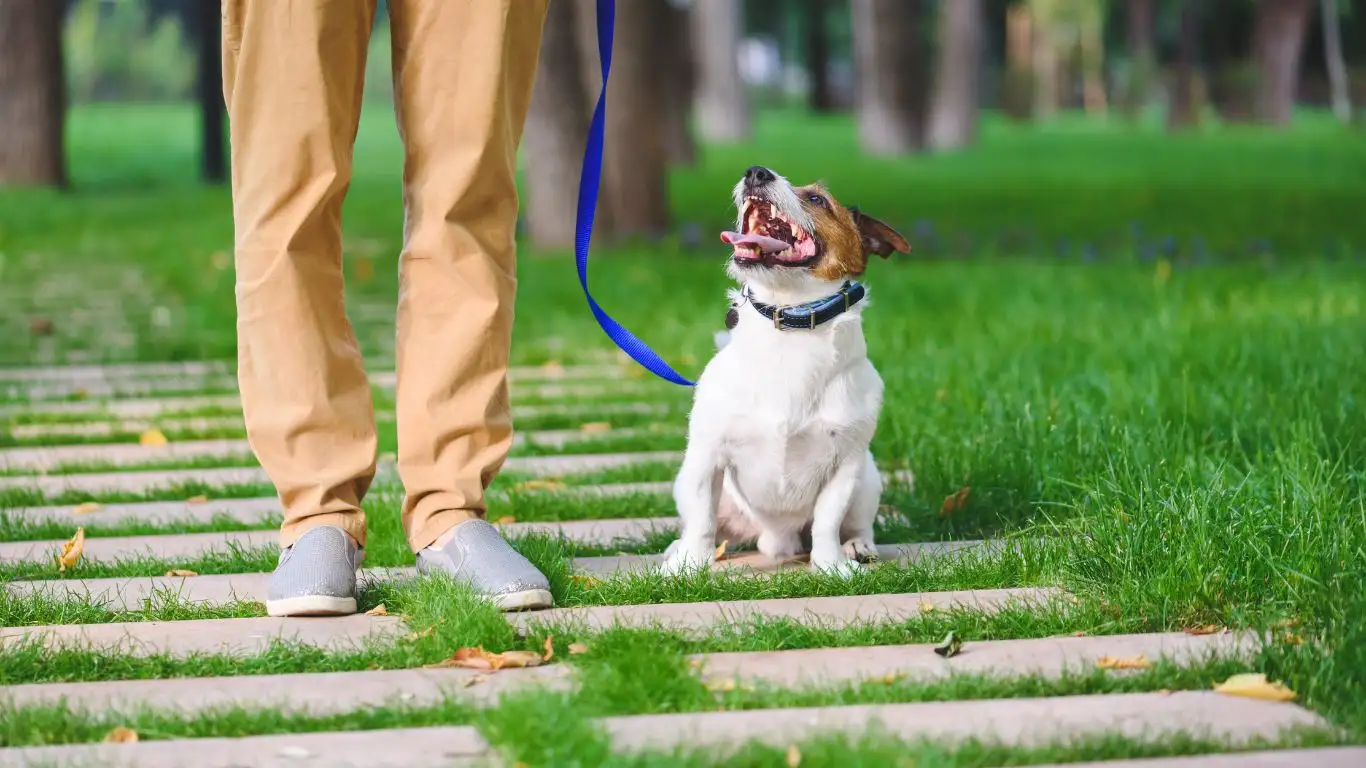
By this stage, your dog should be well on their way to understanding how to ignore guests eating food, but there’s always room to refine and maintain those good habits. From my years working as a Canine-Assisted Therapy Trainer, I’ve learned that staying proactive is key. Even the most well-trained dogs can get a little curious if things become unpredictable or inconsistent.
Rotate Training Locations
One mistake I see people make is training only at the dining table. Dogs quickly learn context, so what happens if you’re eating outside on the patio, at a picnic, or visiting a friend’s house? To prevent confusion, practice the same commands in various settings. This helps your dog generalize the behavior, meaning no matter where you or your guests are eating, your dog knows to stay calm and ignore the food.
Leverage Management Tools
Sometimes, the environment itself can work against you—especially with younger dogs or those still learning. In these cases, management tools like baby gates or exercise pens can help keep your dog in their designated “safe zone” during meals. I’ve used these tools with therapy dogs when guests are over, especially in busy households. They provide a physical boundary that supports the training until your dog can reliably stay on cue.
Stay Consistent with Everyone
This might sound obvious, but it’s worth saying: consistency from all family members and guests is non-negotiable. If Uncle Joe sneaks your dog a fry “just this once,” it can undo days of training. I recommend having a short, friendly chat with everyone who interacts with your dog, explaining the training goals and asking for their support. When everyone’s on the same page, your dog feels more secure and learns faster.
Understanding Your Dog’s Body Language During Mealtimes
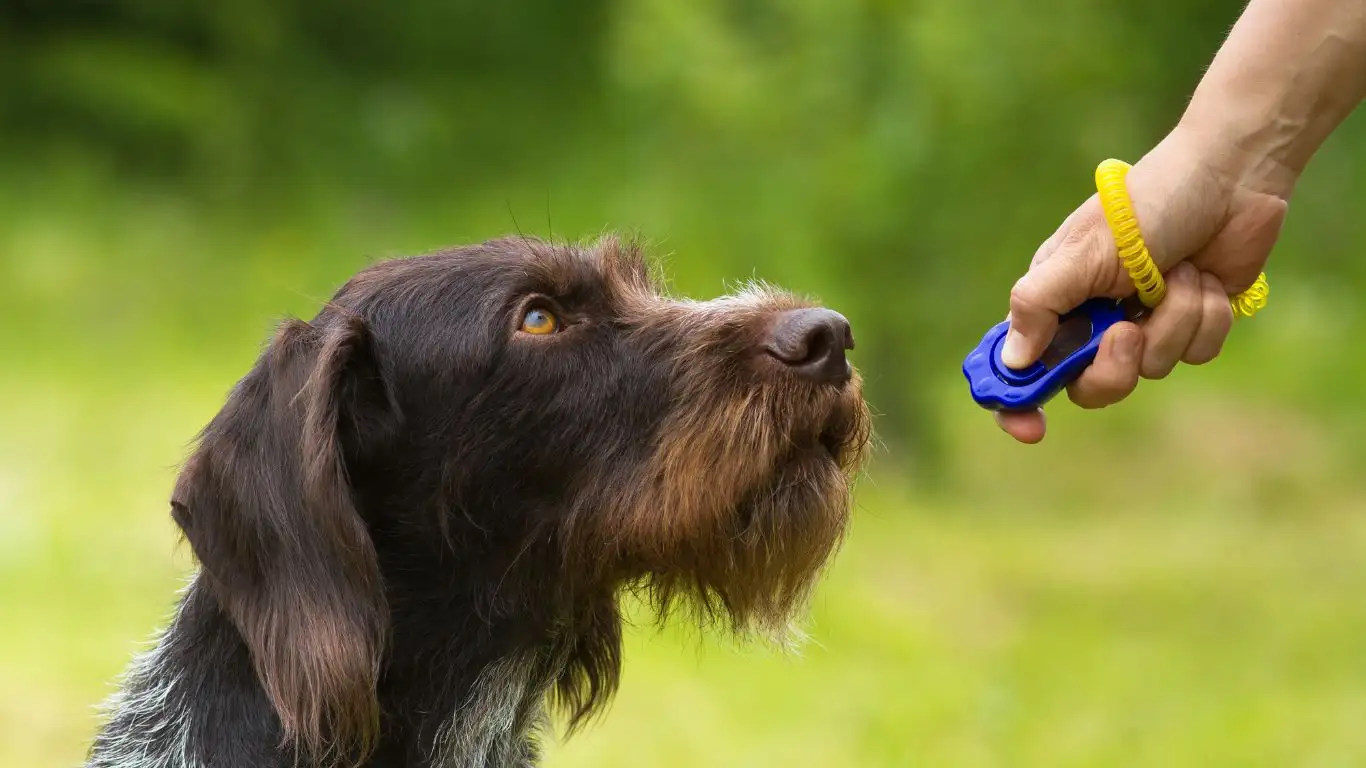
One thing that truly sets experienced trainers apart is the ability to read a dog’s body language. During mealtimes, subtle signs can indicate if your dog is feeling anxious, overstimulated, or even frustrated. Recognizing these early cues can help you intervene before your dog starts begging or sneaking food.
Signs to Watch For
- Intense staring: If your dog is locked onto the food with wide eyes, it’s a telltale sign of temptation.
- Pacing or shifting weight: Restlessness can mean they’re struggling to control their impulses.
- Whining or low growls: Sometimes dogs vocalize their frustration or excitement when food is present.
- Sniffing around the table: This behavior often precedes an attempt to grab food.
When I see these signs in therapy dogs during sessions, I’ll usually redirect immediately—often with a calm command like “place” or a quick refocus exercise. If you catch these early, it’s easier to prevent unwanted behaviors from escalating.
Building Emotional Resilience
In therapy work, it’s not just about obedience but emotional control. Your dog needs to stay calm despite all the tempting smells and sights. You can build this resilience by gradually exposing your dog to increasingly challenging scenarios while reinforcing calm behavior. Think of it like training for a marathon, not a sprint.
Additional Resources and Continuing Education
As someone who’s passionate about dog training and behavior, I always encourage dog owners to keep learning. Whether it’s reading books, joining local training groups, or consulting professional trainers, the more knowledge you gather, the better equipped you are to support your dog’s growth.
Here are a few reputable sources I trust and recommend for ongoing support:
Final Thoughts on Training Success
Remember, teaching your dog how to train a dog to ignore guests eating food is a journey. It takes time, patience, and a lot of love. From my personal experience working with therapy dogs, I can tell you it’s one of the most rewarding transformations to witness—seeing a dog go from table-hopper to poised and patient is just amazing.
Consistency and kindness go hand-in-hand. Your dog isn’t just learning rules—they’re learning to trust you as their guide. So keep practicing, celebrate the small wins, and lean into the joy that comes with a well-mannered pup who can share your space peacefully, no matter who’s eating.
Disclaimer
This article is for informational purposes only and does not replace professional veterinary or behavioral advice. If your dog shows aggressive or persistent food-related behaviors, consider consulting a certified professional trainer or veterinary behaviorist to develop a tailored plan for your dog’s needs.
